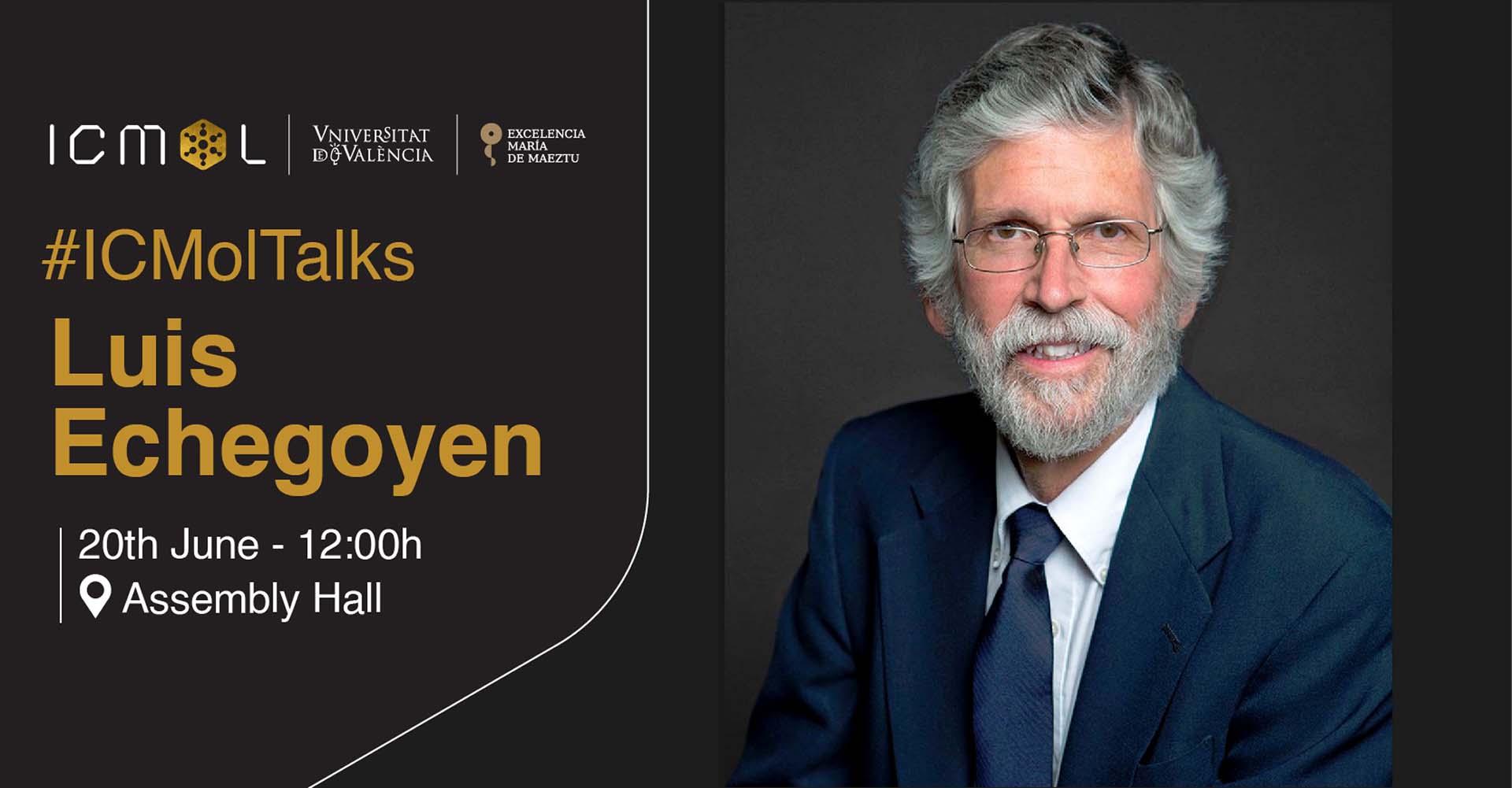
Empty and Endohedral Fullerenes: Some Unique Structures and Properties Useful in Perovskite Solar Cells and Electrocatalysis.
Abstract
Carbon-based chemical compounds and materials are relatively inexpensive and very effective as selective Electron Transporting Layers (ETLs) in solar cells. Our work in this area has been primarily with buckminsterfullerene compounds, also called “buckyballs” or simply fullerenes, which are pure-carbon cages that are excellent electron acceptors and 3D transporters. We have functionalized fullerenes in order to modulate and probe their specific interfacial interactions in perovskite solar cells to understand the details and to enhance the cell performance efficiencies. Pyridine-functionalized fullerenes were tested as ETLs, see picture, both as pure compounds as well as in combination with other ETL compounds in order to discriminate their ability to extract electrons at the perovskite interface and to transport the electrons through the bulk phase. Results clearly showed that the pyridine-functionalized compounds act as efficient electron extractors at the interface but are not necessarily good electron transporters as a bulk phase.
In addition to regular fullerenes we have also worked with endohedral versions, which are carbon cages which encapsulate ions and/or atoms and clusters inside, stabilized by electronic interactions with the cages. These nano-sized compounds, which we also call “Buckyball Maracas” due to their composition and structure, were recently shown to act as reasonably efficient non-precious metal-containing molecular catalysts to effect the Hydrogen Evolution Reaction (HER), or water splitting, to produce hydrogen gas, see JACS cover. These are preliminary results and we are currently exploring the fundamental aspects of the HER with other endohedral fullerene compounds, both to understand the details and to increase their efficiencies.
In addition to regular fullerenes we have also worked with endohedral versions, which are carbon cages which encapsulate ions and/or atoms and clusters inside, stabilized by electronic interactions with the cages. These nano-sized compounds, which we also call “Buckyball Maracas” due to their composition and structure, were recently shown to act as reasonably efficient non-precious metal-containing molecular catalysts to effect the Hydrogen Evolution Reaction (HER), or water splitting, to produce hydrogen gas, see JACS cover. These are preliminary results and we are currently exploring the fundamental aspects of the HER with other endohedral fullerene compounds, both to understand the details and to increase their efficiencies.
Biography
Luis Echegoyen (Habana, Cuba, 1951) has been the Robert A. Welch Chair Professor of Chemistry at the University of Texas at El Paso since August, 2010 and Director of the Chemistry Division at the National Science Foundation from August, 2006 until August, 2010.
He was simultaneously a Professor of Chemistry at Clemson University in South Carolina, where he maintained a very active research program with interests in fullerene electrochemistry, monolayer films, supramolecular chemistry, endohedral fullerene chemistry and electrochemistry; and carbon nanoonions, synthesis, derivatization and fractionation.
Luis Echegoyen has published 385 research articles and 47 book chapters and his current h index is 70. He was elected Fellow of the American Association for the Advancement of Science in 2003 and has been the recipient of many awards, including the Florida ACS Award (1996), University of Miami Provost Award for Excellence in Research (1997); the Herty Medal Award from the ACS Georgia Section (2007); Clemson University Presidential Award for Excellence in Research (2007), and the University of Puerto Rico Distinguished Alumnus Award (2007).
He has been the editor in chief of the Journal of Physical Organic Chemistry, a Wiley publication, since 2010.
Professor Echegoyen received a BS in Chemistry and a Ph.D. in Physical Chemistry from the University of Puerto Rico, Río Piedras. He was a post-doctoral fellow at the University of Wisconsin, Madison, and a research scientist at Union Carbide Corporation in Bound Brook, New Jersey. He returned as Assistant Professor to the University of Puerto Rico in 1977.
He moved to the University of Miami in 1982, where he served as Associate Professor and Professor for 18 years. While at Miami, he took two very rewarding sabbatical leaves: one at Louis Pasteur University in Strasbourg, France in 1990, where he collaborated with Professor Jean-Marie Lehn, and a second one at the ETH in Zurich, Switzerland in 1997, where he worked with Professor François Diederich.
He was simultaneously a Professor of Chemistry at Clemson University in South Carolina, where he maintained a very active research program with interests in fullerene electrochemistry, monolayer films, supramolecular chemistry, endohedral fullerene chemistry and electrochemistry; and carbon nanoonions, synthesis, derivatization and fractionation.
Luis Echegoyen has published 385 research articles and 47 book chapters and his current h index is 70. He was elected Fellow of the American Association for the Advancement of Science in 2003 and has been the recipient of many awards, including the Florida ACS Award (1996), University of Miami Provost Award for Excellence in Research (1997); the Herty Medal Award from the ACS Georgia Section (2007); Clemson University Presidential Award for Excellence in Research (2007), and the University of Puerto Rico Distinguished Alumnus Award (2007).
He has been the editor in chief of the Journal of Physical Organic Chemistry, a Wiley publication, since 2010.
Professor Echegoyen received a BS in Chemistry and a Ph.D. in Physical Chemistry from the University of Puerto Rico, Río Piedras. He was a post-doctoral fellow at the University of Wisconsin, Madison, and a research scientist at Union Carbide Corporation in Bound Brook, New Jersey. He returned as Assistant Professor to the University of Puerto Rico in 1977.
He moved to the University of Miami in 1982, where he served as Associate Professor and Professor for 18 years. While at Miami, he took two very rewarding sabbatical leaves: one at Louis Pasteur University in Strasbourg, France in 1990, where he collaborated with Professor Jean-Marie Lehn, and a second one at the ETH in Zurich, Switzerland in 1997, where he worked with Professor François Diederich.
